The Nightstand Collective Exhibition (2021)
In November 2021 Able Zine took part in an exciting project as part of the V&A Museum's Friday Late November event ‘I Hope This Finds You Well.’
For the event, Able was invited to create an installation within the museum. Inspired by an article about The Nightstand Collective in Able Zine's Issue 2, in which writer and curator, Elizabeth Rooklidge, talks to the founder of The Nightstand Collective, Emma Jones. 
The installation was created in collaboration with The Nightstand Collective and its chronically ill contributors. For this project, artist Emma Jones fields submissions from around the world, of people sharing images and written words about their bedroom nightstands, which serve as a viewfinder into the lived and intimate experience of chronic and long-term illness. In our exhibition, we invited the public to consider the items we keep on our nightstands and to explore the significance of the objects we keep close in times of sickness and rest.
Whilst in the space, people were encouraged to spend time reading and engaging with the individually printed photos and writing about nightstands hanging down from the dome structure, and listen to the audio piece created by our team of the interview found in Issue 2.
The evening was incredible, and it was amazing to see the general public interacting with Able Zine and disability content around such a historic and culturally important space. A special thank you to all of those in the Able community that dropped in to say hi and explore the exhibition. The Able Team would also like to thank the V&A Museum for the opportunity to share our work and celebrate the brilliant work of all those involved in the project.
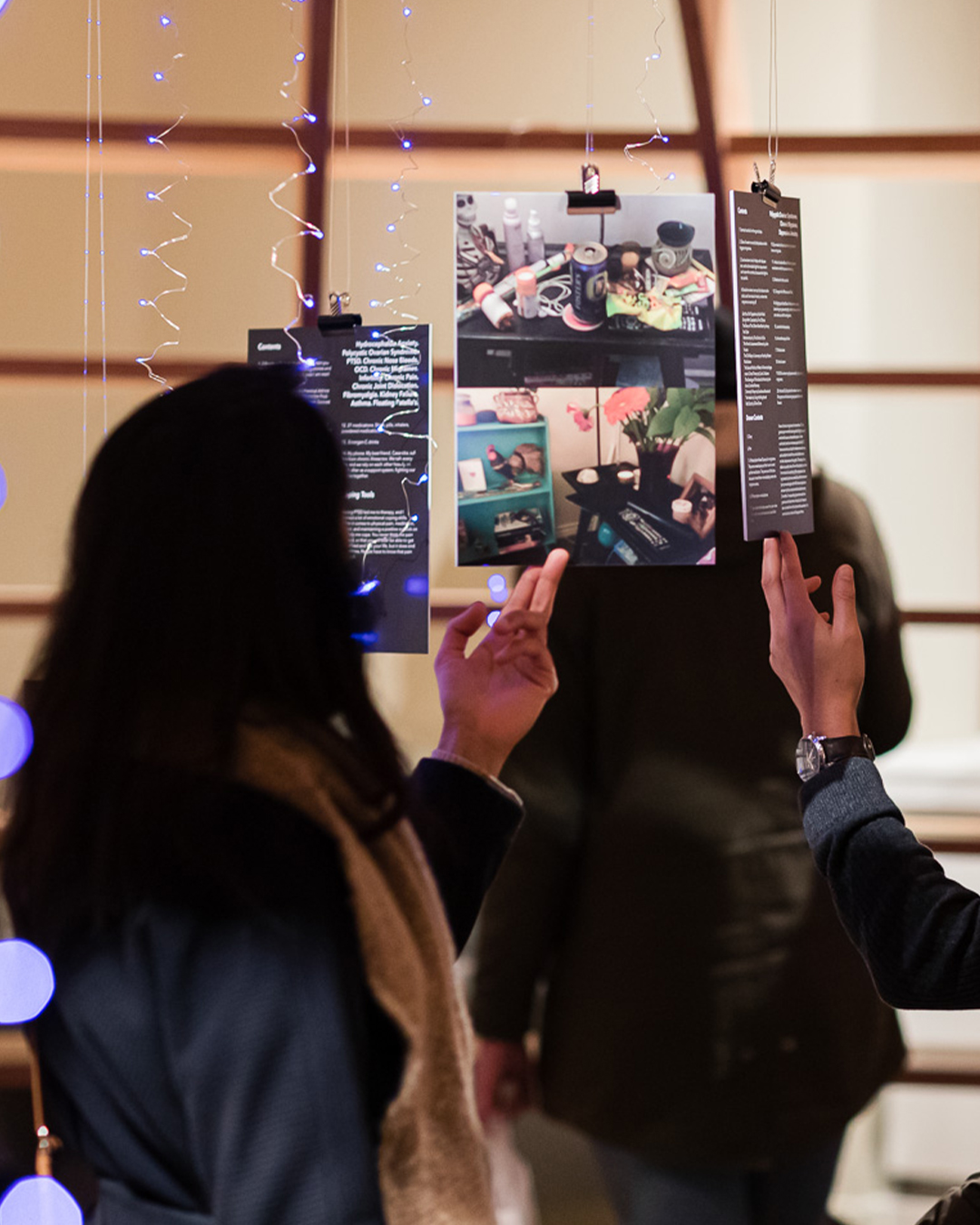
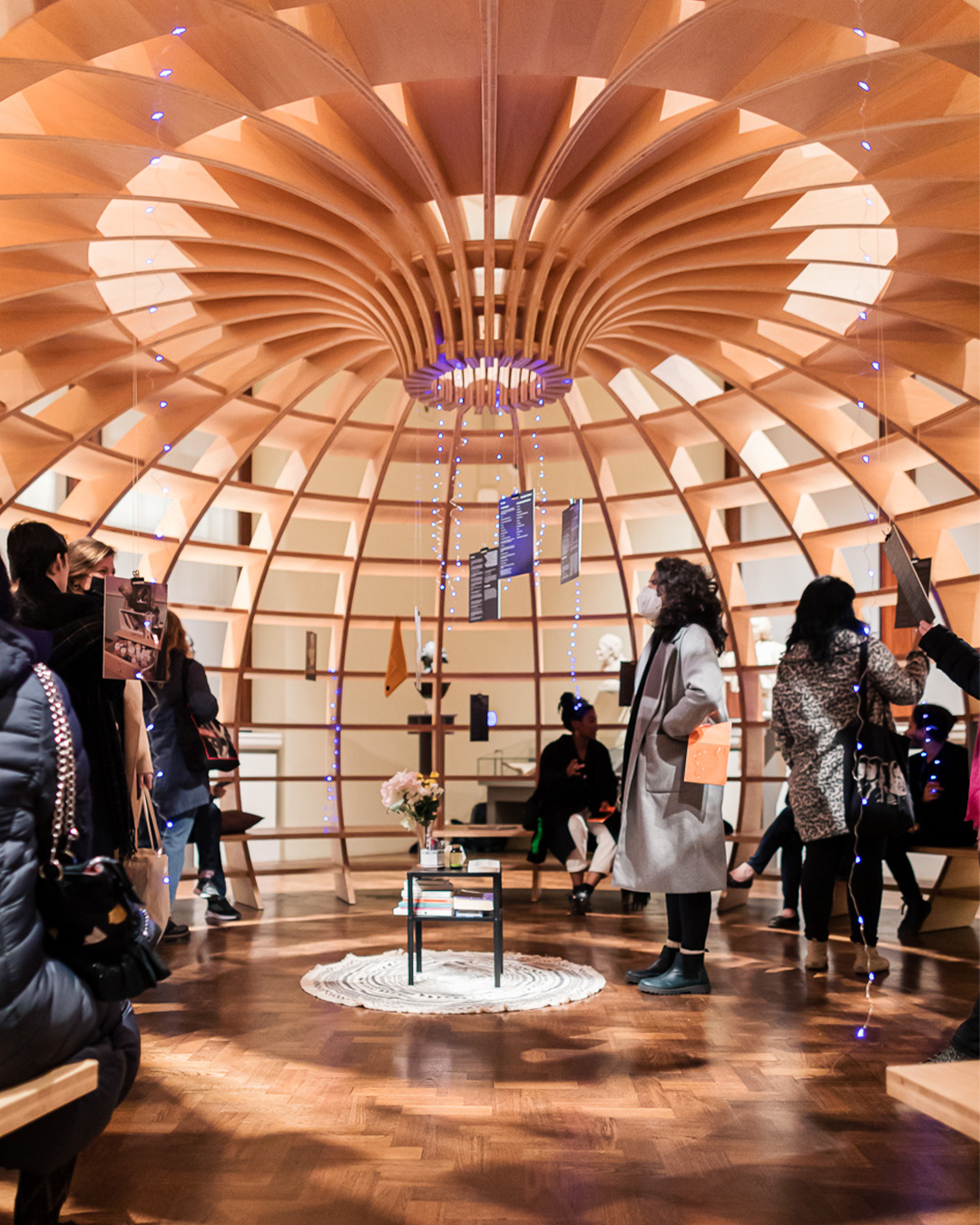
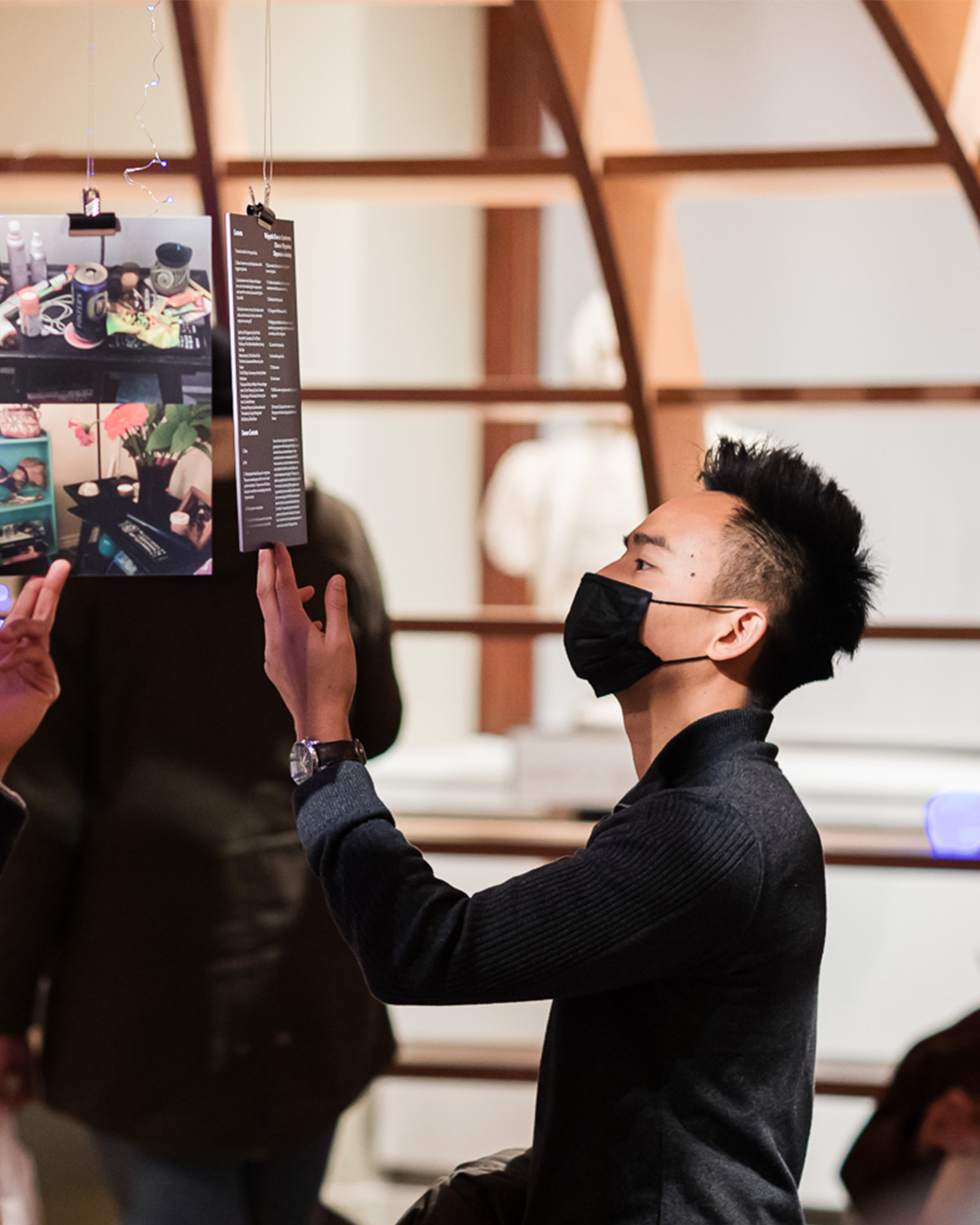

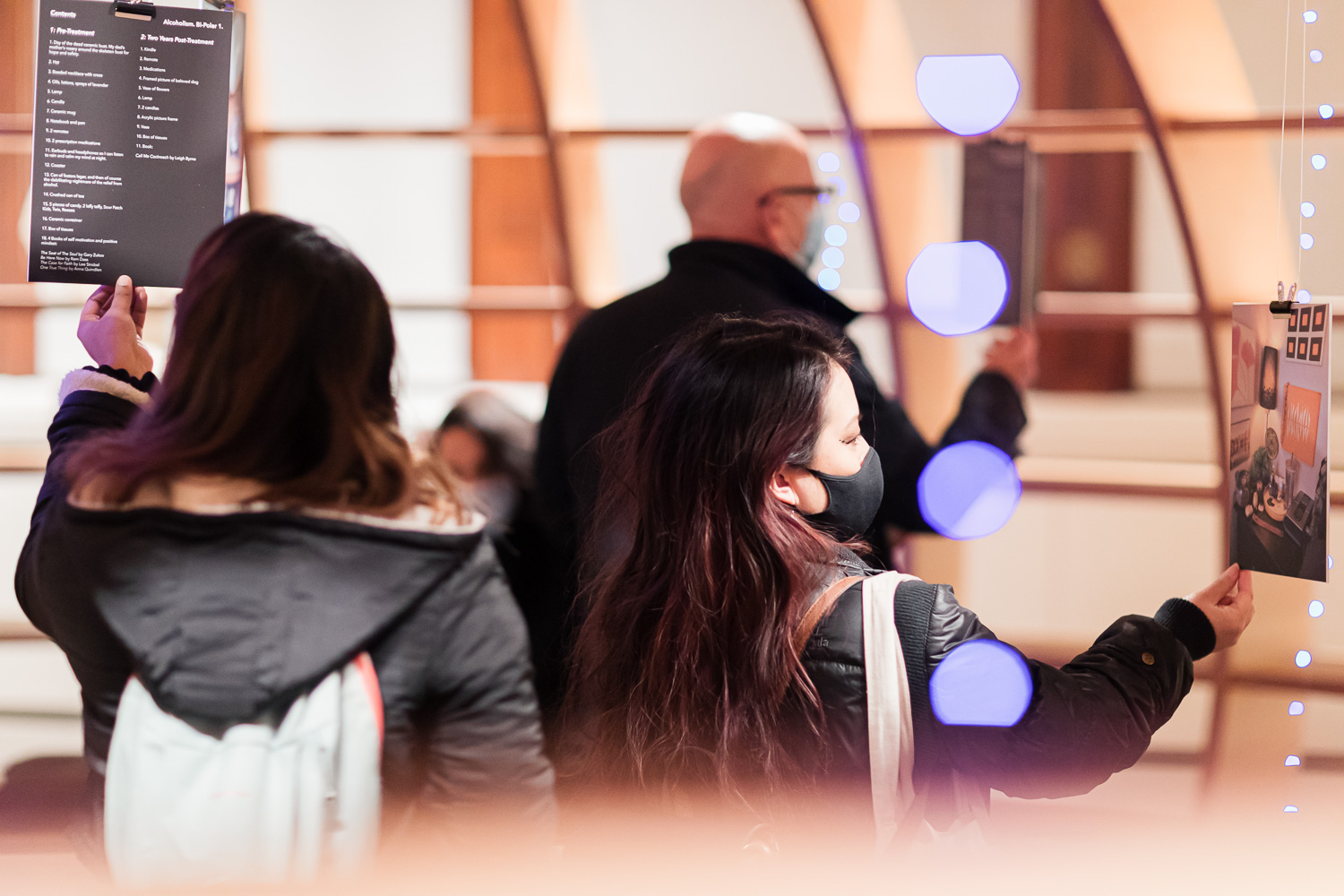
Photography by Hydar Dewachi
Article written by Elizabeth Rooklidge
The Nightstand Collective curated by Emma Jones
..................................................................................................................................................................................................................
Coal Drops Yard Outdoor Exhibition (2021)
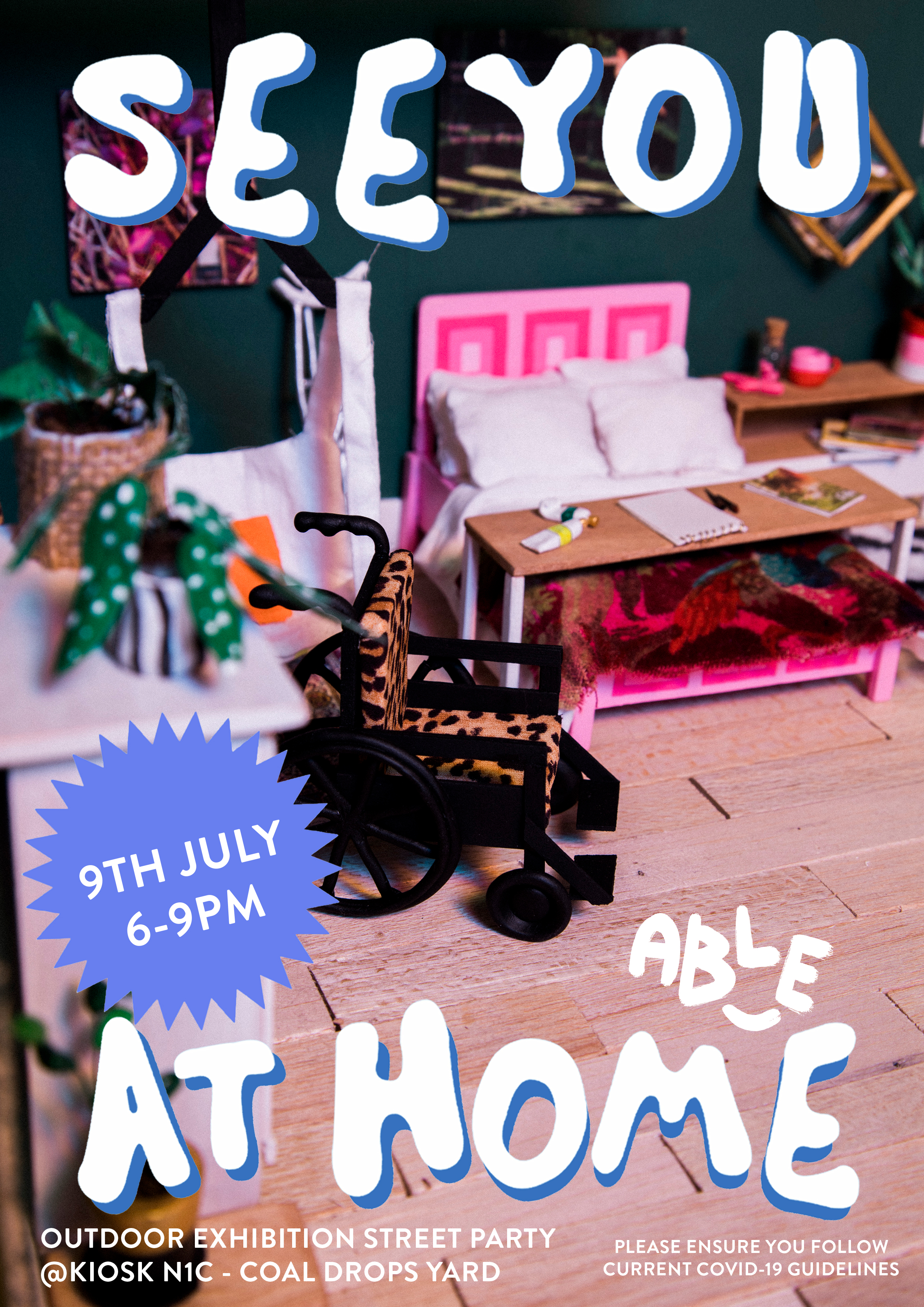
To celebrate the launch of Issue 2, we were invited to display imagery from our iconic ‘See You At Home’ editorial in the wonderfully accessible location of Coal Drops Yard, N1, London. For one month, imagery from the magazine and text-based graphics created especially for the light boxes sat on display in Coal Drops Yard, a thriving cultural hub in the heart of central London.
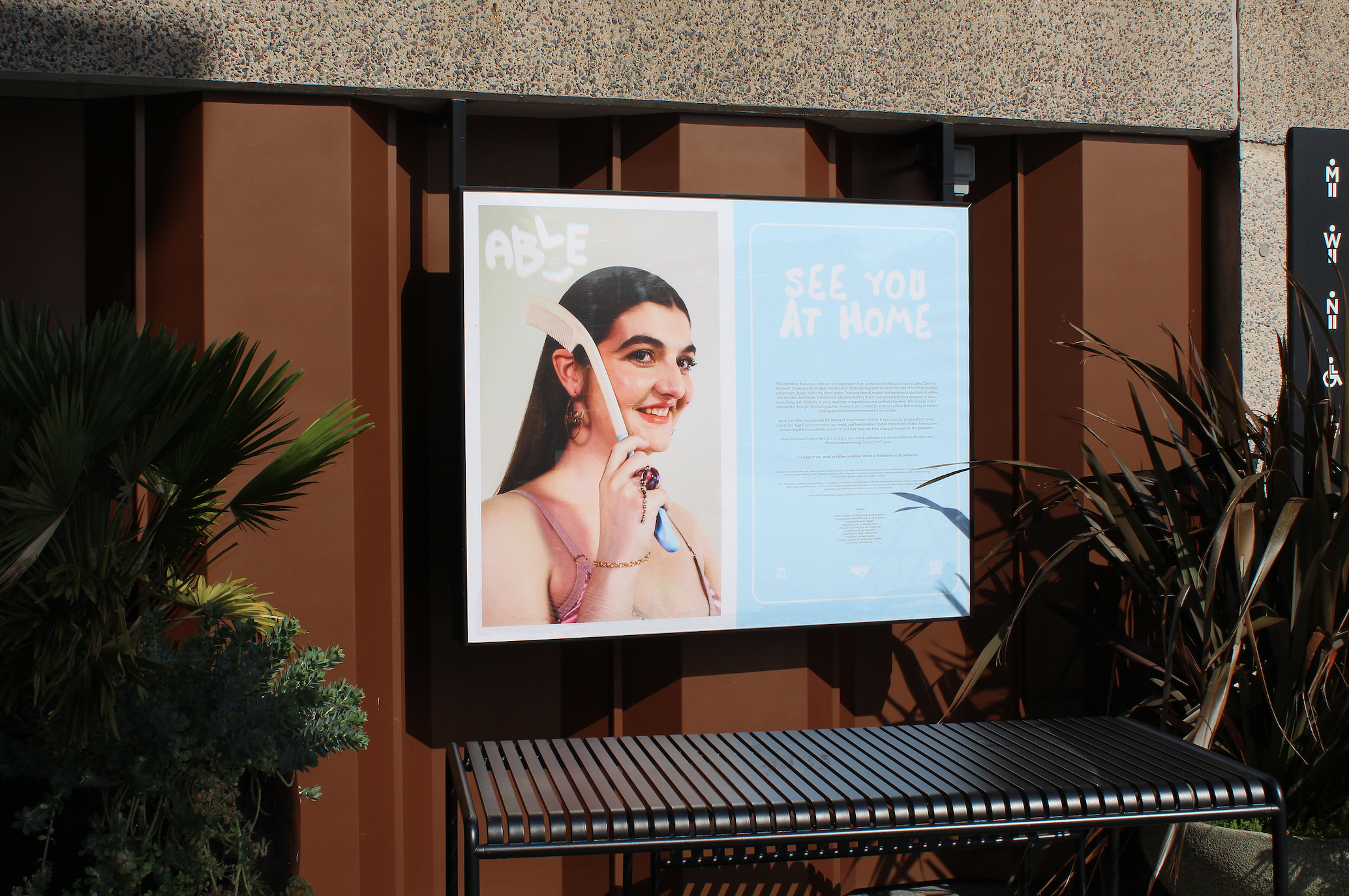
With this opportunity we chose to highlight the beauty of disabled people and an aspirational world in which accessibility and functionality exist in harmony with our daily experiences.

The concept behind the editorial was to demonstrate the idea of both functionality and modern design within the home space. This concept is represented through the miniature sets we commissioned, created by the talented artist, Lucy Drew Bell, to bring to life the ideal accessible home environment for our models. Featuring models that represent a spectrum of visible and invisible disabilities, it showcases adaptive clothing brands and assistive devices designed to allow disabled individuals maximum independence and aesthetic freedom in life.

The text-based graphics were created in collaboration with graphic designer Menko Dijksterhuis to create positive messaging about disability and our work, amongst the general public.
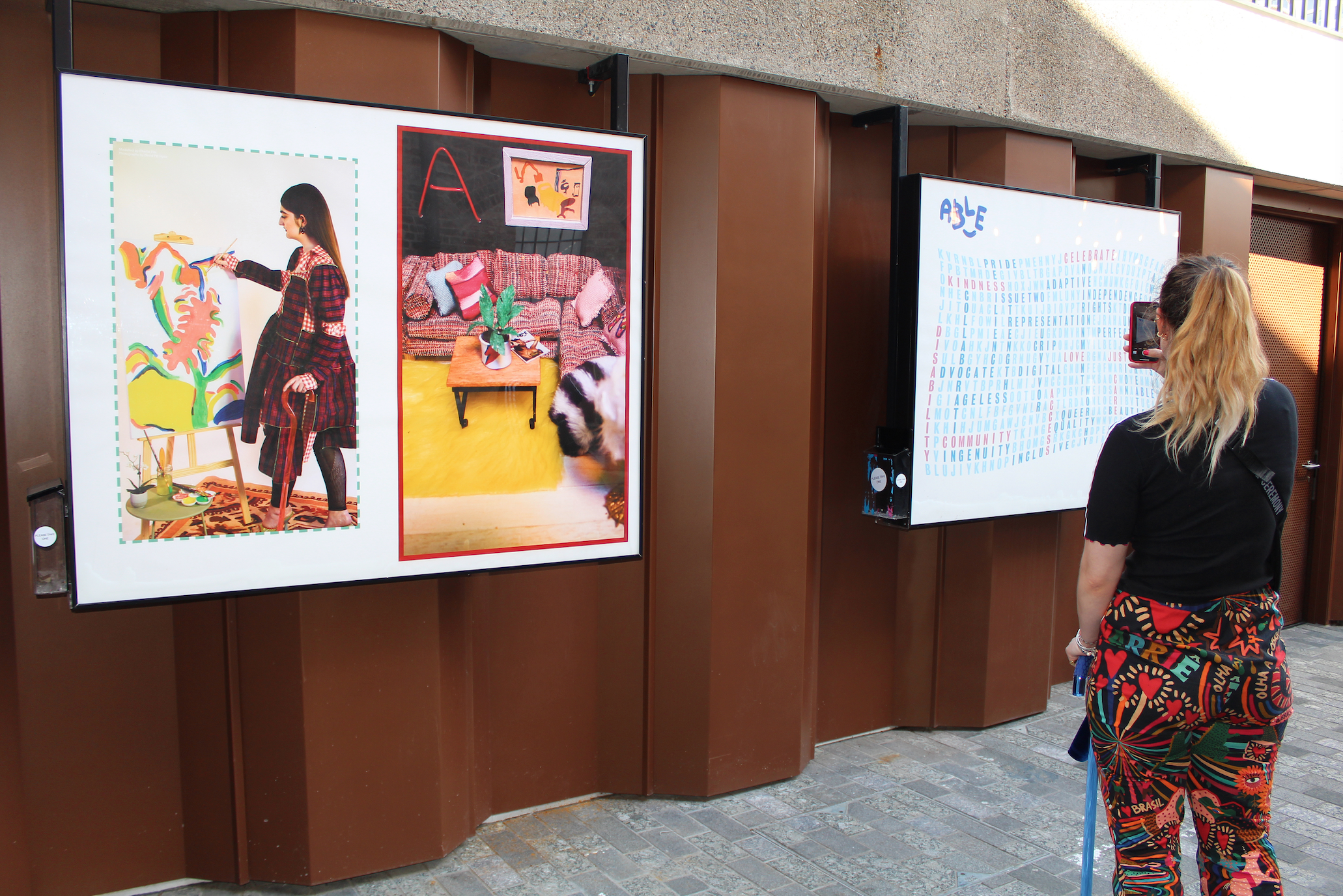
Together we created a word search exploring key themes within the new Issue and the themes that follow us throughout our lives as disabled people such as “ingenuity”, “community” and “care”.
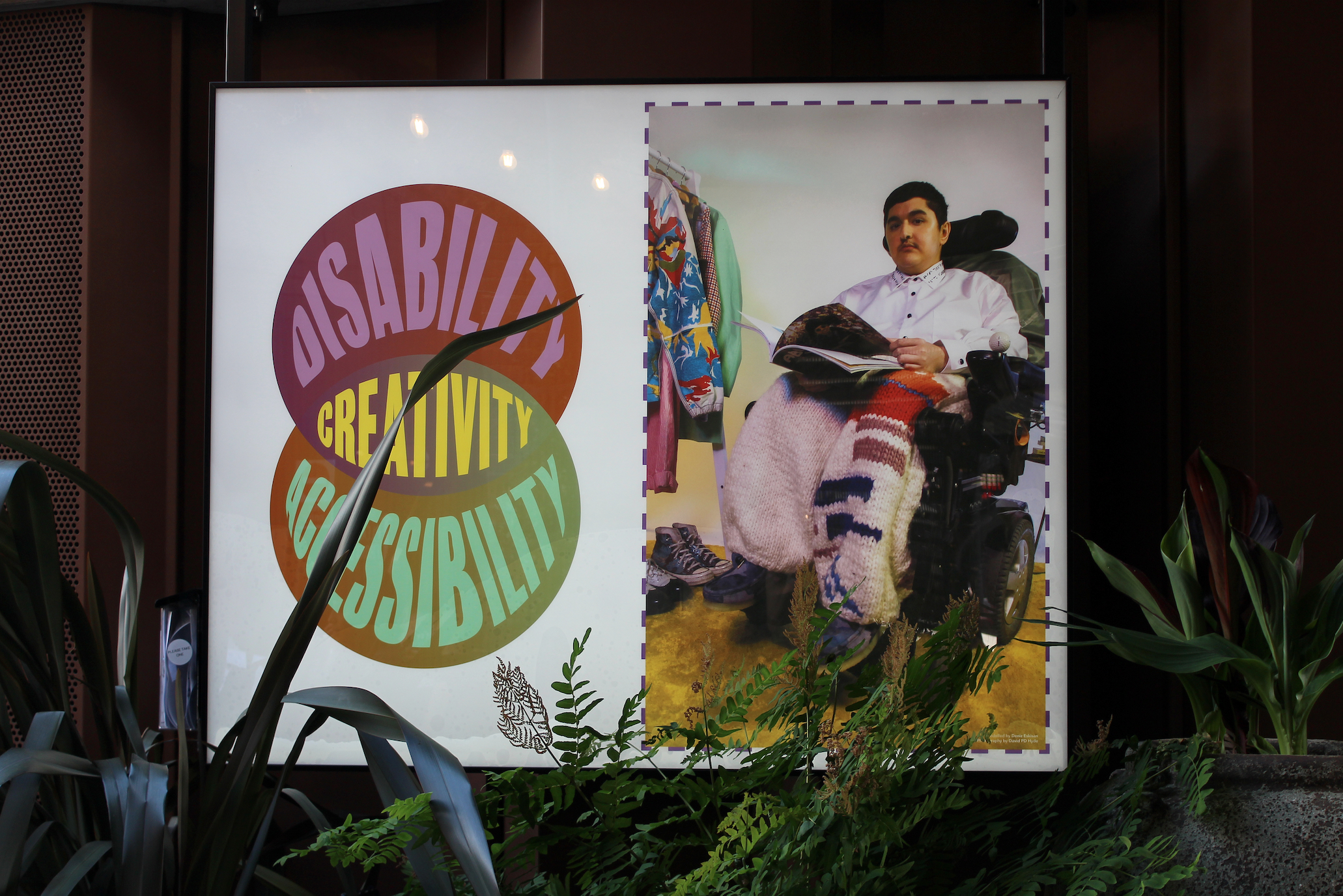
Next we created a Venn diagram illustrating how the quality that exists at the core of disability/accessibility is the need for creative thinking.
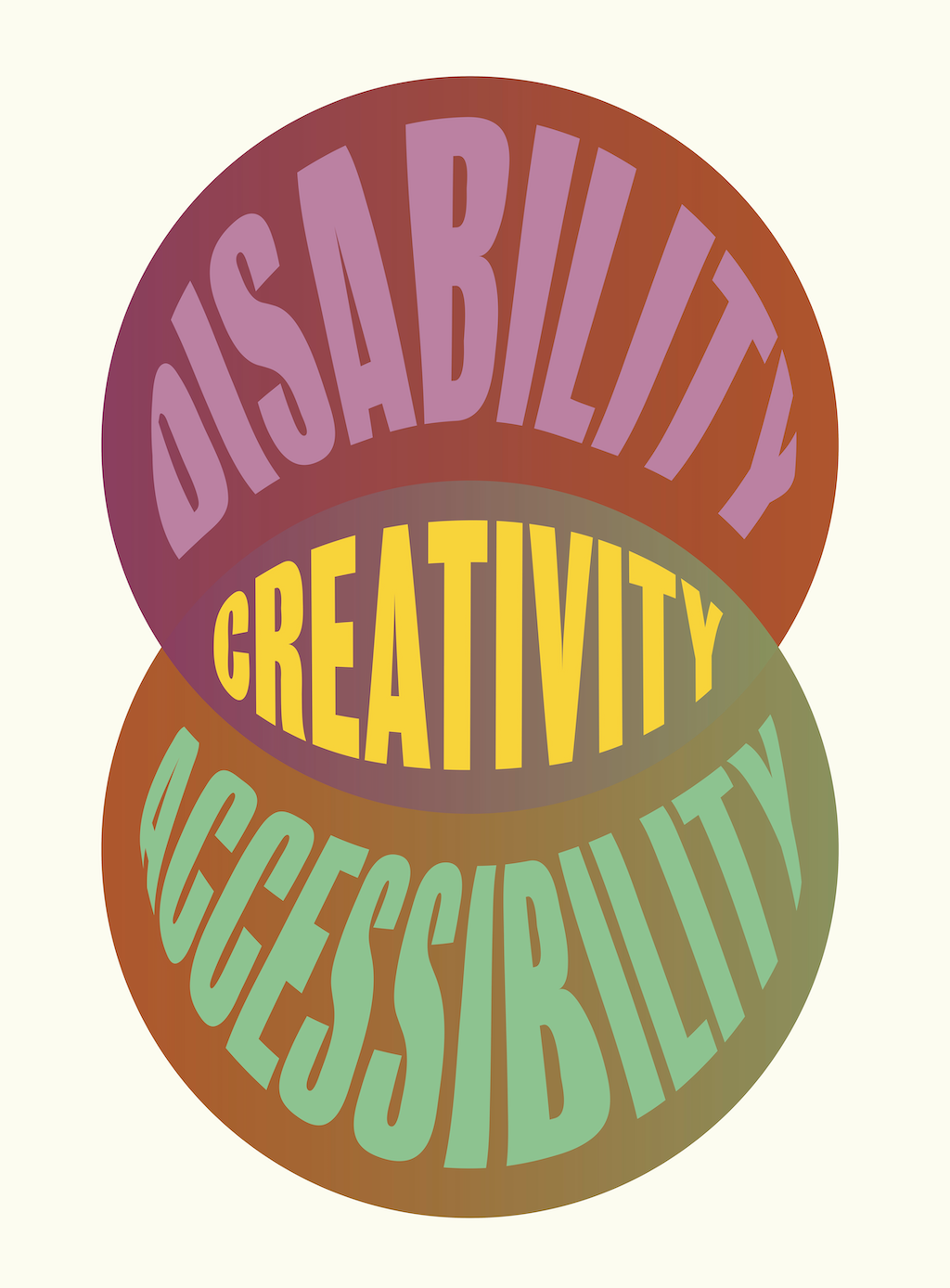
Lastly we used interwoven typography to provide a layered message. The typography reads “DISABILITY IS BEAUTIFUL” in red and “ACCESS IS BEAUTIFUL” in yellow because disability cannot be celebrated without consideration towards access.
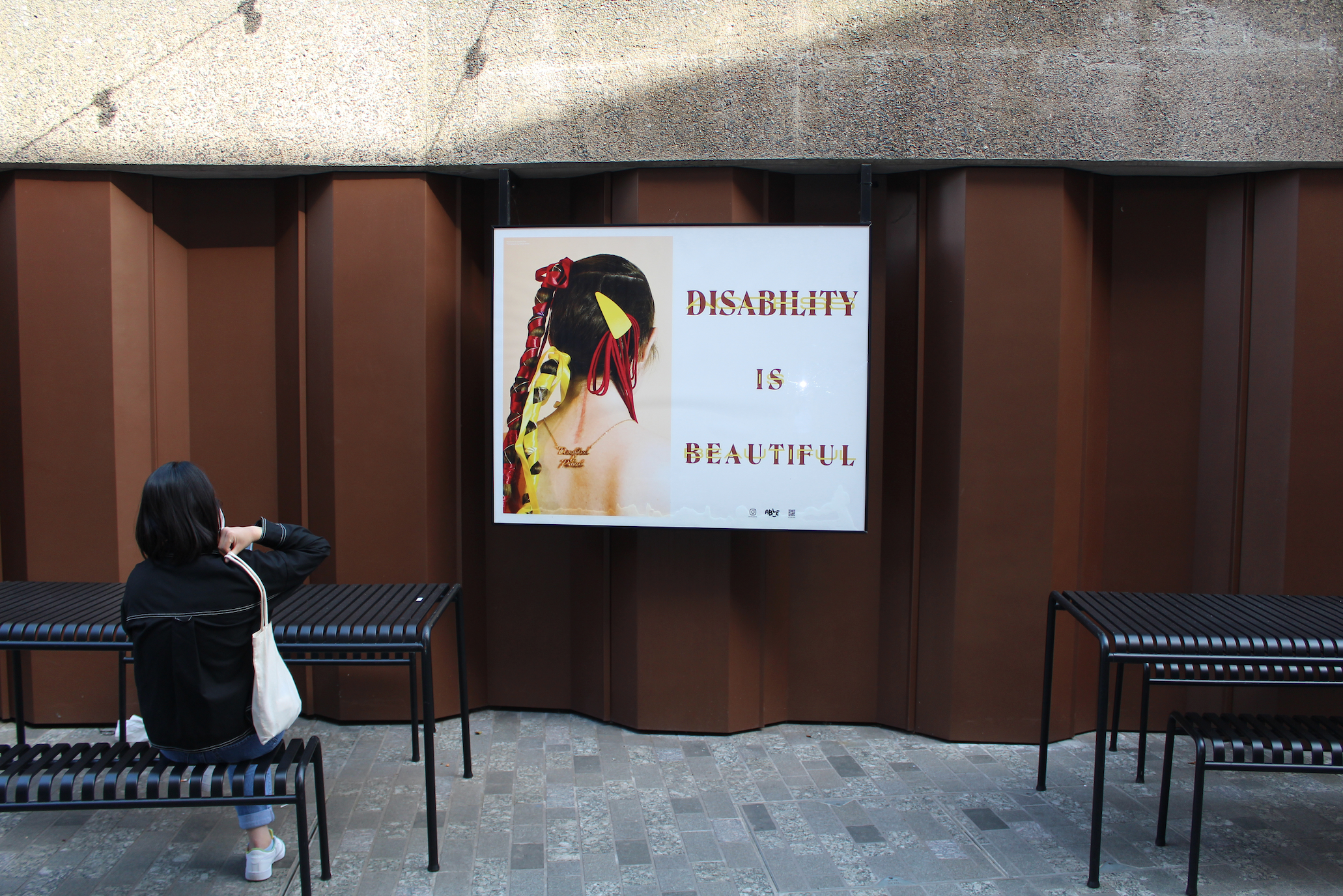
Having been given this opportunity for space and publicity in the center of London, we knew it wouldn’t be right to promote disability, without the promotion of accessibility. This is something that is frequently missed out in wider societal marketing around disability inclusion. The impact this has is mixed and not always beneficial because representation isn’t enough if it isn’t followed by meaningful action on how we can improve the lives and opportunities of the disabled community at large.
A big thank you to the entire team that made this possible:
Models Deniz Eskisan, Charlie Fitz and Oscar Vinter
Photography by David PD Hyde
Styling by Beatriz Maues
Assisted by Sarah Baala
Makeup and Hair by Georgia Hope
Miniatures by Lucy Drew Bell
Set design and creative direction by Able Zine
Typography by Menko Dijksterhuis
Graphic design by Tino Mara
Special thanks to @kiosk_n1c @coaldropsyard
..................................................................................................................................................................................................................
Life Drawing Event (2020)
Shortly before the first Covid-19 lockdown we had the pleasure of running a life drawing workshop with two amazing models- Miss Jacqui and Kat Hawkins. Here is a heart-warming recap of the intimate evening. Thank you to our co-host Indigo and our venue host and stockist Kiosk N1C.
